Table of Contents
Born in November and never asked “wait, what’s my birthstone”… Impossible! I know you Nov-babies, cuz I am one. So, what is November’s birthstone in the first place? Unlike most months, November actually offers two.
November babies get two golden tickets instead of one. First there is citrine crystals, a quartz cousin full of warm honey vibes. Then comes imperial topaz, the rare “golden‑pink” monarch that turns collectors into treasure hunters. In this guide you’ll find clear price tables, color‑grade charts, treatment pointers, ethical‑sourcing highlights, style ideas, and a handy buyer’s checklist at the end.
Whether you gravitate toward an understated talisman or a red‑carpet gem, exploring the November birthstone family is a golden way to celebrate fall birthdays.
Disclaimer: Always consult a qualified astrologer before slipping on any gemstone ring to ensure it harmonizes with your personal birth chart and intentions.
Why Two Birthstones for November?
Until the early 1900s the official birthstone for November was topaz in any yellowish shade. When inexpensive heat‑treated blue topaz flooded the market, jewelers wanted a clearer premium story.
The National Association of Jewelers updated its list in 1912, keeping precious topaz but adding citrine so shoppers could still find an affordable sunny gem during shortages. But let me tell you something, whether or not adding Citrine to the list was strategic, it was definitely one of the best decisions made in the gemstone world.
See, November babies have two zodiacs, Scorpios fall between October 23-November 21 and Sagittarians fall between November 22- December 21. While both are known for being creative, strategic, choosing non-traditional ways in their thing.
Sagittarians especially carry on that massive Jupiter energy with their life motto - “Go big or Go home”, which also means that these impulsive decision makers sometimes end up using their Jupiter-energy in the wrong channels.
THAT is exactly where citrine comes in place. A stone that helps balance your Jupiter, making you more aligned with your creative goals, is indeed the best choice for the November-borns.
Today the Gemological Institute of America lists citrine and imperial topaz as co‑rulers of November, which means the official November birthstone color is golden yellow, giving buyers a choice between abundant quartz sparkle and ultra‑rare topaz fire. Because of this duality, the overall November birthstone meaning merges citrine’s optimism with imperial topaz’s drive for success.
November Birthstone Colors at a Glance
|
Stone |
Classic Shade |
Full Range |
Color Impact |
|
Citrine |
Bright lemon‑yellow |
Pale champagne to deep Madeira orange‑red |
Energising, evokes warmth and prosperity |
|
Imperial Topaz |
Golden with pink‑peach blush |
Yellow‑orange, reddish‑orange, sunset pink, occasionally lilac‑red |
Luxurious, symbolises success and creative power |
Citrine – The Sunshine Stone
The warmest member of the quartz family, citrine, November birthstone shines from zesty lemon to deep, burnt‑orange honey. Most of today’s supply comes out of Brazil’s Rio Grande do Sul belt, though fine rough also surfaces in Zambia, Madagascar, and, on rare occasions - Spain’s long‑closed Articacha mine. Legend says a 105 ct Madeira citrine sat in the headdress of Portugal’s King João V, symbolising wisdom and unshakeable wealth.
Modern crystal healers still reach for citrine to spark confidence, goal‑setting, and money flow - earning it the nickname the Merchant’s Stone.
Now about November babies, while stones like amethyst stone and diamond are helpful in inducing peace and calm environment + boosting their confidence respectively, citrine still becomes the star of the show.
As I mentioned above about Sagittarian’s “Go Big or Go Home” attitude, let me tell you something - Sags are also one of the most impulsive people. They trust their guts, they know their instincts are majorly right and they are the only zodiac that can balance “having a plan” along with a “go with the flow” strategy.
But hey, they are humans too and as quoted somewhere in the book Atomic Habits by James Clear, we humans don’t rise to the level of our goals, we fall to the level of our systems. And Sags can easily struggle with systems if their environment is not helping, which is where citrine comes into play.
While it may not have a major life-changing effect, the yellow stone helps you align your energy into right places, nudging you to build great systems around yourself that will eventually improve your finances.
Geological Snapshot
|
Composition |
Silicon dioxide with iron traces (SiO₂) |
|
Mohs hardness |
7 (safe for daily wear) |
|
Crystal system |
Trigonal |
|
Typical crystal habit |
Long prismatic points, often cut from geode bases |

Ethical & Origin Insight
Most citrine is still dug from big open‑pit mines in Brazil. But small community‑run mines in Zambia’s Lufwanyama area and Madagascar’s Antsirabe region, helped by programs like Virtu Gem, now sell stones you can trace back to the exact source. When you buy, ask for documents that show where the gem was mined and prove workers were paid fairly and kept safe.
Meaning & Metaphysical Benefits
|
Benefit |
How Citrine Is Used |
|
Solar‑plexus activation |
Boosts willpower, optimism, and personal success goals |
|
Prosperity magnet |
Shop owners place a citrine cluster near cash registers to “keep money rolling in” |
|
Emotional thermostat |
Said to transmute negative thoughts into creative solutions |
|
Zodiac sync |
Balances Scorpio intensity and fuels Sagittarius adventure instincts |
How Citrine Became November’s Birthstone
Romans carved citrinus intaglios for protection. Scottish jewellers of the Art Deco era framed giant Brazilian stones in silver dirks, dubbing them “whisky quartz.” When the National Association of Jewelers revised its birthstone chart in 1912, citrine’s sunny hue became a wallet‑friendly stand‑in for scarce imperial topaz—securing its spot as November’s co‑stone.
Color Grades and Trade Names
|
Grade |
Hue Window |
Common Trade Names |
Notes |
|
Commercial |
Light lemon to pale honey |
“Lemon quartz”, “Champagne citrine” |
Widest availability, often heated amethyst |
|
Fine |
Medium golden‑yellow with even saturation |
“Rio Grande” or “Golden citrine” |
Still affordable in 3‑5 ct sizes |
|
Collector |
Deep reddish‑orange with flashes of red |
“Madeira” citrine |
Top price tier, scarce untreated pieces. Madeira can sell for 20–140 USD/ct depending on size and clarity. |
Transparent Pricing – 2025 Reference Table
|
Quality Tier |
Size Range |
Typical USD / ct |
What Drives Price |
|
Commercial |
1–10 ct |
4–12 USD |
Abundant, usually heated amethyst |
|
Fine |
2–15 ct |
15–60 USD |
Better saturation, eye‑clean, calibrated cuts |
|
Collector (Madeira, untreated) |
1–20 ct |
40–140 USD |
Natural color, strong red flashes |
🚨 Always request a lab memo if a seller claims natural, unheated Madeira.
Explore our collection of natural citrine crystals at wholesale price, sourced all the way from Brazil, Bolivia and Madagascar.
Common Treatments and Fake‑Spotting
1. Heat‑treated amethyst → citrine – safe but must be disclosed. Loupe for tiny “snowflake” feathers near facet junctions, a giveaway of thermal shock.

2. Coated quartz sold as “mystic citrine” – surface film scratches easily. Rotate under light; rainbow film sits only on facets.

3. Dyed agate masquerading as citrine geodes – watch for color concentrated along fractures.

Field Test: Shine a 365 nm UV torch; heated stones often glow weak orange, natural citrine stays inert.
Care & Longevity
Citrine handles everyday knocks, but prolonged, direct sunlight can fade lighter stones. Clean in warm, soapy water and a soft brush. Skip high‑heat ultrasonic cycles if feathers or cavities are visible, and store away from harder gems like sapphire to prevent surface abrasion.
2025 Design & Fashion Playbook for Citrine
-
Recycled yellow‑gold east‑west marquise solitaire—elongates fingers, pairs with minimalist wardrobes.

-
Toi‑et‑moi combo- medium citrine plus teal sapphire—echoes Pantone’s Mocha Mousse and butter‑yellow runway palette.

-
Lemon citrine kite‑cuts in shoulder‑length earrings—instant statement piece for warm undertones.

-
Chunky Madeira‑citrine signet ring—makes gemstone signets cool again, especially when engraved with initials or zodiac symbols.

Citrine’s blend of affordability, durability, and warm glow makes it a must‑consider for November celebrants, energetic creatives, and modern designers alike.
Imperial Topaz – The Royal Rarity
Within the larger November birthstone topaz category, imperial shades stand at the very top of the quality pyramid. The palette of imperial topaz glows from warm golden amber to rare peach‑pink sunset.
Almost every gem‑grade crystal comes from a six‑kilometre ridge in Brazil’s Ouro Preto district, though small pockets appear in Russia’s Ural Mountains and Nigeria’s Jos Plateau. Folklore says Emperor Dom Pedro II kept the finest reddish‑orange crystal for his crown, a symbol of victory and unfading power, which earned it the name “Imperial”. Modern crystal practitioners still reach for imperial topaz to kindle ambition, creativity and adventurous spirit, earning it the title the “Stone of Manifestation”.
While opal gemstones and tourmaline, as October birthstones, also resonate with Scorpio energy, there’s something undeniably regal about imperial topaz that amplifies a Scorpio’s confident nature. Ruled by Mars and Pluto, Scorpios crave depth, power, and purposeful transformation.
Imperial topaz, saturated in fiery amber and peach-pink hues, mirrors that molten resolve. Crystal lore credits it with sharpening intuition, grounding volatile emotions, and fanning controlled ambition, traits every Scorpio wields when they set their sights on a goal. Tradition also calls it a magnet for abundance and influence, aligning perfectly with this sign’s talent for manifesting hidden desires.
Slip an imperial topaz ring onto a Scorpio’s finger and it acts like a royal seal, affirming inner authority, fortifying energetic boundaries, and channeling their legendary intensity into strategic victories rather than impulsive flare-ups.
Geological Snapshot
|
Composition |
Fluoro‑silicate of aluminium with traces of chromium and iron |
|
Mohs hardness |
8 (excellent daily wear, but perfect cleavage) |
|
Crystal system |
Orthorhombic |
|
Typical crystal habit |
Elongated prisms with chisel tips |

Ethical & Origin Insight
Large open‑pit mines at Capão and Vermelhão supply most rough, working under Brazilian reclamation laws. Community miners in Nigeria and historical pits in Russia offer tiny, traceable lots through programs that verify safe working conditions. Always ask for mine‑of‑origin certificates and current export permits before you buy.
Meaning & Metaphysical Benefits
|
Benefit |
How Imperial Topaz Is Used |
|
Solar‑plexus charge |
Ignites motivation, leadership and self‑confidence |
|
Sacral spark |
Stimulates creative flow and balanced sexuality |
|
Joy amplifier |
Said to lift mood and release lingering stress |
|
Zodiac sync |
Fuels late‑November Sagittarius courage and wanderlust |
How Imperial Topaz Became November’s Birthstone
Until the early 1900s any yellow topaz represented November. When gemologists began separating common yellow quartz from true topaz, elite reddish‑orange crystals from Ouro Preto were promoted as “imperial” to highlight their scarcity. In 1912 the National Association of Jewelers kept topaz on the chart and later co‑listed citrine so shoppers had both a luxury and an affordable option.
Color Grades and Terminology
|
Grade |
Hue Window |
Trade Labels |
Notes |
|
Commercial |
Straight yellow to yellow‑orange |
“Precious topaz”, “Sherry topaz” |
Lighter tone, overlaps with citrine |
|
Fine |
Rich golden‑orange with copper blush |
“Imperial topaz” |
Pink overtone visible on tilt |
|
Collector |
Strong reddish‑orange to peach‑pink |
“Red imperial”, “Imperial cherry” |
Under 1 % of production, often under 3 ct |
Transparent Pricing – 2025 Reference Table
|
Quality Tier |
Size Range |
Typical USD / ct |
What Drives Price |
|
Commercial Sherry |
1–10 ct |
100–350 USD |
Lighter tone, eye‑clean |
|
Fine Imperial |
1–5 ct |
500–1 800 USD |
Golden‑pink blush, strong pleochroism |
|
Collector Red Imperial |
0.5–2 ct |
1 500–20 000 USD |
Rarest color, often in Ouro Preto single crystals |
🚨 Prices spike sharply above 5 ct because crystals rarely grow large without fractures.
Treatment & Identification
-
Irradiation + heat to produce blue topaz – irrelevant to imperial colors but clarify if a “Swiss blue imperial” claim pops up.

-
Diffusion topaz – cobalt or chromium gives surface color; look for concentrated rims and unnatural uniformity.

-
Coated “mystic topaz” – rainbow film created by chemical vapor deposition. Rotate stone; coated girdle often shows yellowish edge.

Loupe Checklist: natural imperial topaz may show elongated growth tubes and subtle color zoning that shifts pink toward the poles.
Care & Longevity
Topaz cleavage is perfect, so one sharp blow can split a stone. Choose protective prongs, avoid ultrasonic on heavily included gems, and store each piece in a padded slot. Clean with warm soapy water only.
2025 Design & Fashion Playbook for Imperial Topaz
-
Kite‑cut imperial flanked by trapezoid diamonds – channels ’70s boho revival seen on 2025 runways.

-
Golden‑pink imperial with mocha diamond melee – echoes Pantone 17‑1230 Mocha Mousse for earthy luxury.

-
East‑west oval on knife‑edge platinum shank – sleek contrast for cool skin tones.

-
Tiny imperial topaz baguettes in stackable bands – add a luxe sunset accent to everyday ring stacks.

Imperial topaz pairs rarity with fiery elegance, making it the prestige choice for November celebrations, heirloom designs and anyone ready to channel bold, creative energy.
Citrine vs Imperial Topaz – Quick‑Glance Comparison
Still debating whether the November birthstone topaz or citrine is the better match? Here’s a quick comparison between both -
|
Attribute |
Citrine (November Birthstone Quartz) |
Imperial Topaz (November Birthstone Topaz) |
|
Durability |
Mohs 7, very good for rings |
Mohs 8 but perfect cleavage needs care |
|
Color Appeal |
Lemon to deep orange‑red |
Sunset gold with pink blush |
|
Affordability |
Widely accessible under 100 USD/ct |
Fine stones often 500 USD + per ct |
|
Treatments |
Mostly heat‑treated amethyst; must disclose |
Generally untreated but beware coated “mystic” |
|
Ethical Options |
Zambia artisanal programs expanding |
Limited to Brazil, ask for mine documentation |
|
Ideal Buyers |
Everyday jewelry lovers, crystal users |
Collectors, investors, bespoke designers |
In crystal healing, what is November birthstone used for? Practitioners say imperial topaz amplifies manifestation rituals, while citrine keeps goals financially grounded.
Color Psychology and 2025 Fashion Trends
Why golden yellows play well with almost everything

On the color wheel, yellow sits between green and orange. Slide the hue toward lemon and you get a crisp primary tint that sparks mental clarity and optimism; nudge it warmer into golden‑orange territory (think Madeira citrine or sunset imperial topaz) and the vibe shifts to confidence, creativity, and a subtle sense of luxury. Because of that wide span, citrine and imperial topaz can behave as:
-
Analogous accents – pair lemon citrine with yellow‑green peridot or yellow‑orange fire opal for soft, gradient harmony.

-
Triadic pops – team golden citrine with sapphire blue and ruby red for high‑energy, balanced contrast.

-
Complementary statements – set peach‑pink imperial topaz beside muted violets (amethyst, lavender enamel) to make both colors glow.
Spring–Summer 2025 collections doubled down on this theory: butter‑yellow dresses at Chloé, Chanel, and Toteme proved the shade can read like a modern neutral, especially when grounded with black or navy pieces. Meanwhile, Pantone’s 2025 Color of the Year—PANTONE 17‑1230 Mocha Mousse, adds a velvety brown that makes citrine’s sunny sparkle or imperial topaz’s toasted‑peach flash look even richer.
Styling road map
|
Palette Move |
Why It Works |
Gem + Metal Suggestions |
|
Grounded Optimism |
Butter yellow + mocha brown calm the eye while keeping warmth. |
Medium citrine in 14 k yellow‑gold cable chain layered over mocha knit dress. |
|
Power Contrast |
Warm peach meets cool platinum for executive polish. |
Oval imperial topaz east‑west on knife‑edge platinum shank. |
|
Pastel Lift |
Yellow adds energy to icy blues and petal pinks trending in 2025 street style. |
Lemon‑citrine bezel studs paired with baby‑blue enamel huggies. |
|
Retro Boho |
’70s sunset tones (gold, burnt orange, brown) are back. |
Kite‑cut imperial topaz flanked by champagne‑diamond baguettes in recycled rose gold. |
Designer & setting ideas you won’t see elsewhere
1. East‑west marquise citrine halo – butter‑yellow center, micro‑pavé cognac diamonds, brushed 18 k gold for a sleek earthy statement.

2. Toi‑et‑moi commitment ring – fiery Madeira citrine opposite a sherry‑hued imperial topaz, tied together with a shared knife‑edge band.

3. Architectural cocktail ring – paper‑thin open gallery framing a kite‑slice imperial topaz so light shines through like a stained‑glass window.

4. Gradient ear climbers – lemon citrine rounds at the lobe fading through golden citrine into mocha diamonds at the helix for subtle ombré.

Use the color‑wheel logic above to build gemstone stacks that feel intentional, whether you’re chasing grounded calm with mocha neutrals or high‑energy contrast with sapphire blues, and you’ll stay perfectly on‑trend for 2025.
Sustainability, Care Costs, and Resale Insights
|
Task |
Citrine |
Imperial Topaz |
|
Annual cleaning |
Mild soap, free at most jewelers |
Professional inspection advised due to cleavage |
|
Repolishing |
Rarely needed, 30 USD average |
Risky, must be done by topaz specialist (80–120 USD) |
|
Insurance rate |
Usually under 1 % of piece value |
Often 1.2–1.5 % due to higher cost |
|
Resale demand |
Steady, mid‑tier watches quartz trends |
Collector demand strong, thin liquidity above 10 ct |
Tip: keep original lab reports; untreated Madeira citrine and mine‑documented imperial topaz retain premiums at auction.
Final Takeaway
The color of November birthstone lore stretches from citrine’s bright morning sun to imperial topaz’s royal sunset. Whether you crave the approachable glow of quartz or the prestige of a Brazilian rarity, smart buying comes down to three things: know the color grade, verify treatments, and demand traceable sourcing. Follow the tables above and you will own a gem that shines long after the last autumn leaf falls.
Ready to explore? Browse natural gemstones and crystals for sale at the best place to buy loose gemstones online, use this article as your guide and start comparing golden treasures today.
Frequently Asked Questions:
1. What is November’s birthstone?
Ans: November has two: citrine (a golden quartz) and imperial topaz (a rarer golden‑pink topaz).
2. Why does November have two birthstones?
Ans: Citrine was added in 1912 as an affordable stand‑in when imperial topaz became scarce.
3. Is most citrine heat‑treated?
Ans: Yes, almost all bright yellow citrine starts as pale amethyst that’s gently heated for permanent color.
4. How can I tell if citrine is fake?
Ans: Swipe an acetone‑damp cotton swab on the back—dye will bleed on fakes, natural stones stay clean.
5. What makes imperial topaz “imperial”?
Ans: The term applies to topaz with a golden body and a pink or peach overtone—much rarer than plain yellow topaz.
6. Does citrine fade in sunlight?
Ans: Light lemon shades can lighten after prolonged UV; store jewelry out of direct sun when not worn.
Visited 769 No. of Time(s), 56 Visit(s) Today
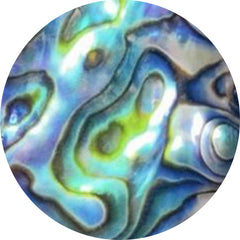
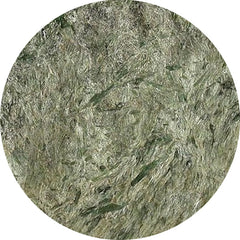
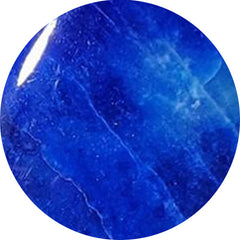

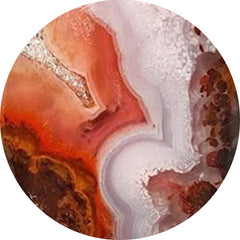


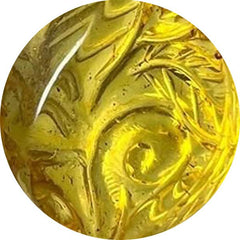
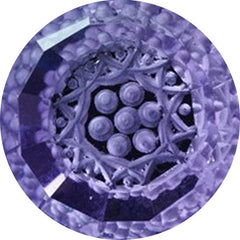



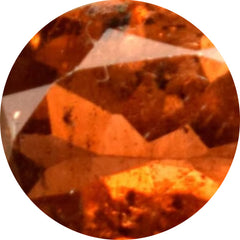

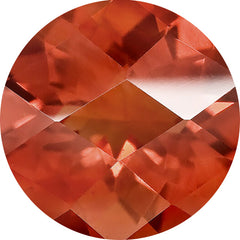
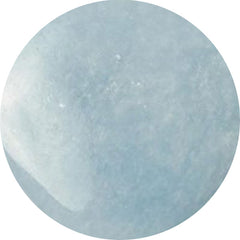

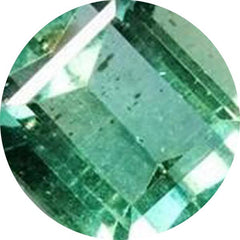
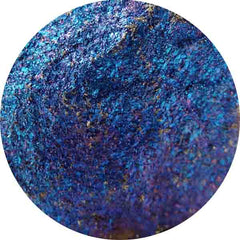
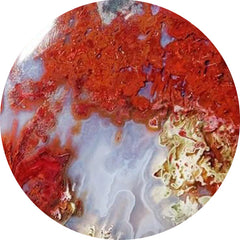
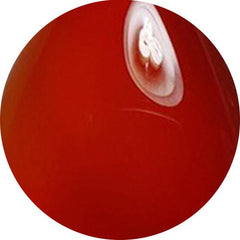
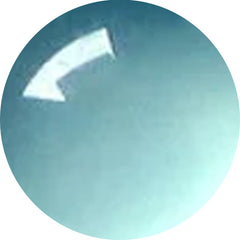
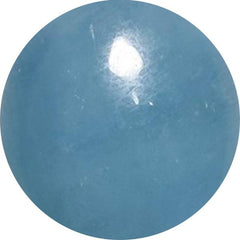
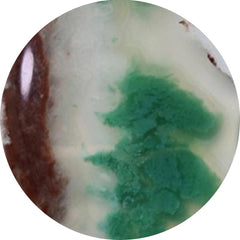
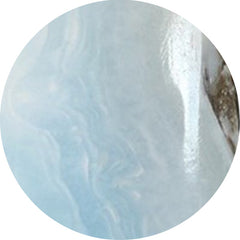
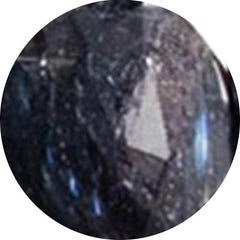
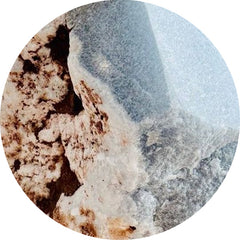

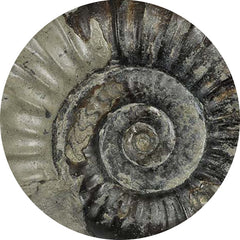
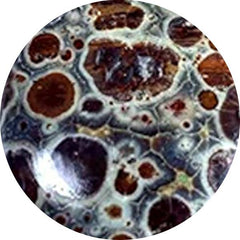
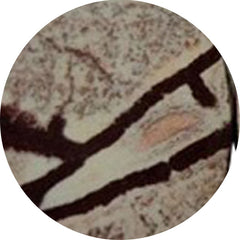


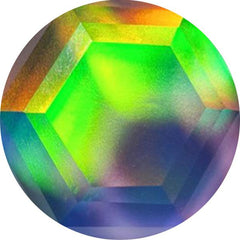
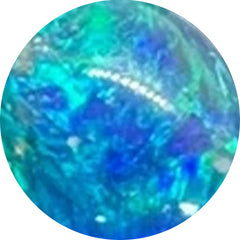
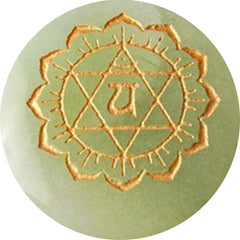
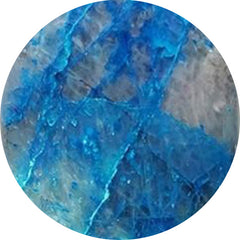
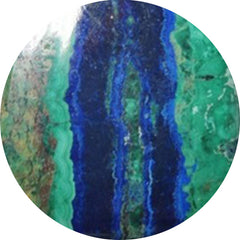
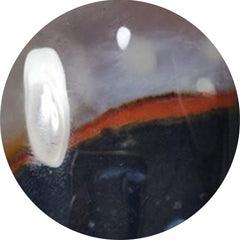
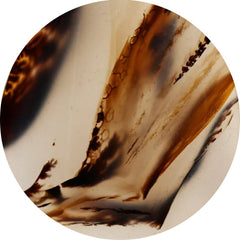
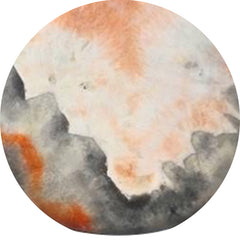
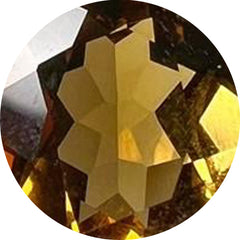
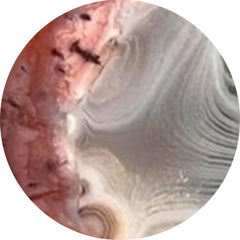
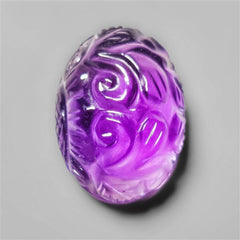
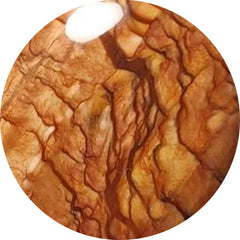
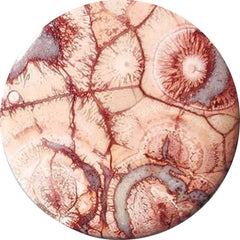
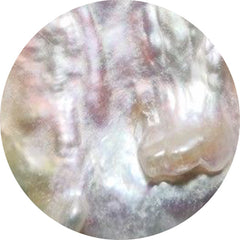


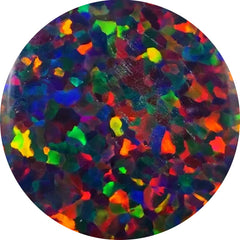
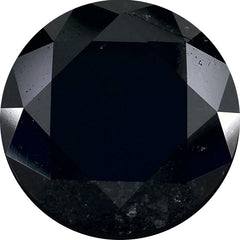
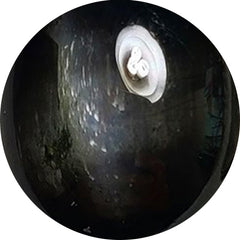

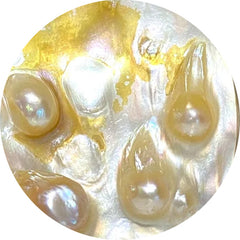
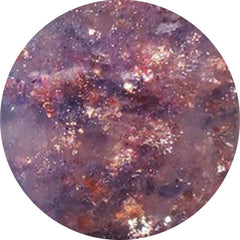

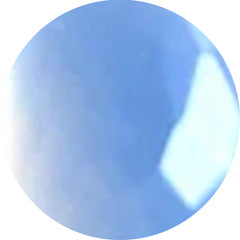
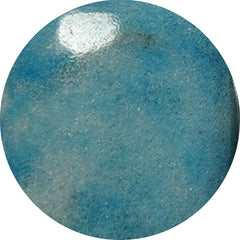
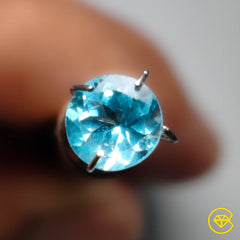
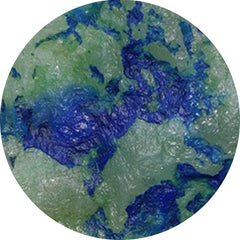
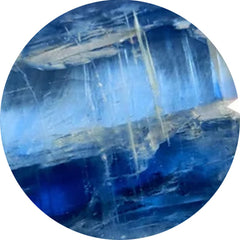
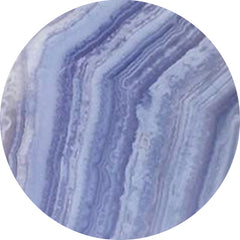
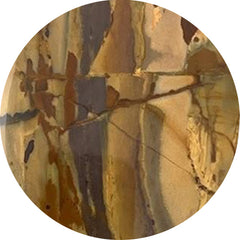

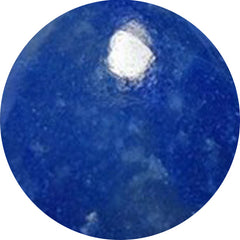
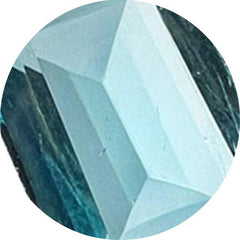
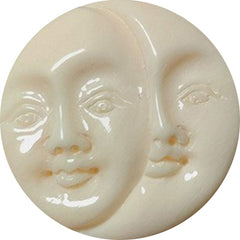
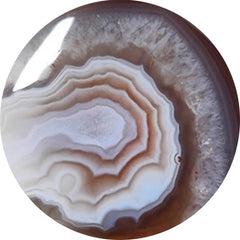
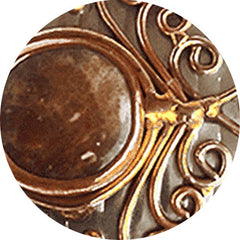
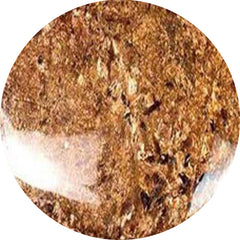
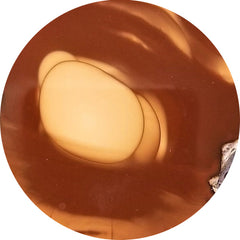
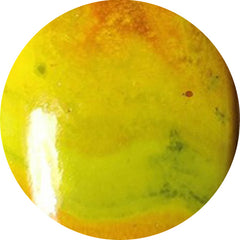


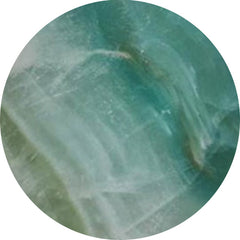
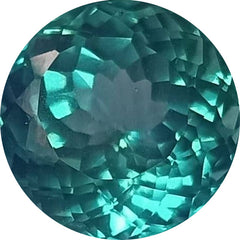
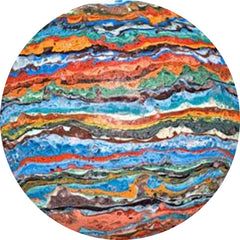
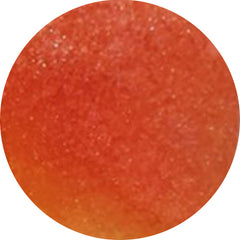
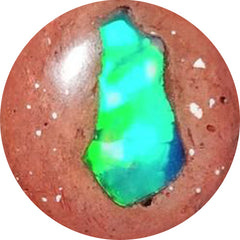
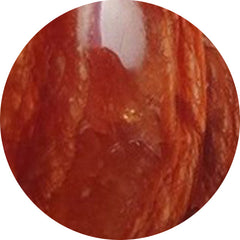
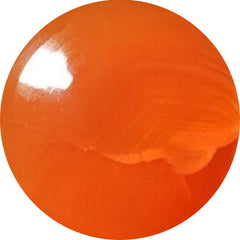
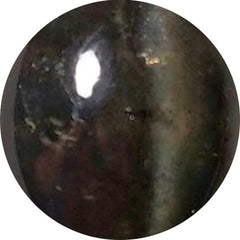
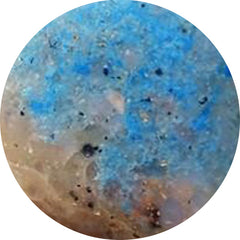
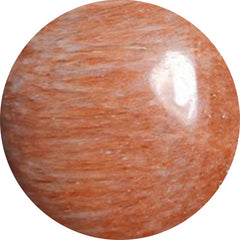
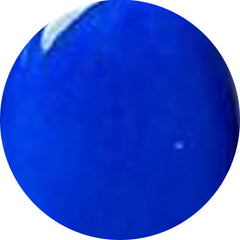
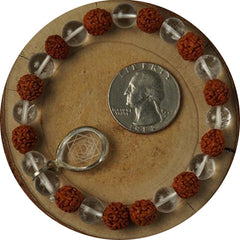
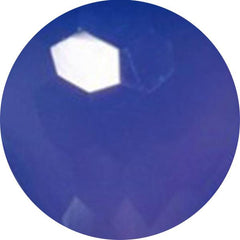
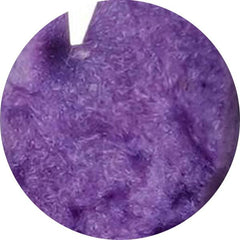
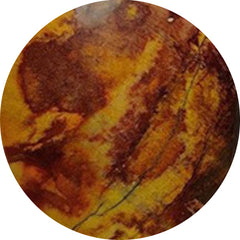
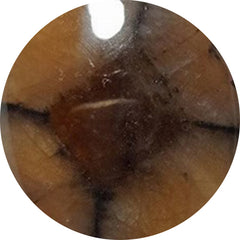
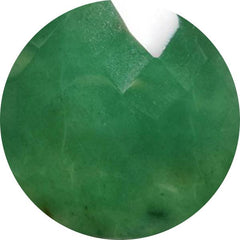
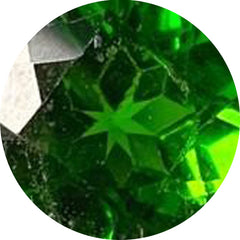
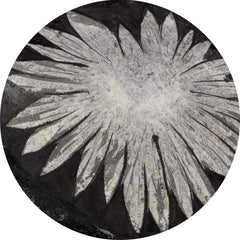
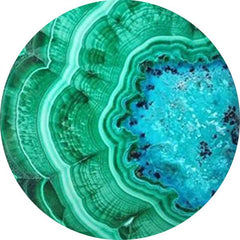

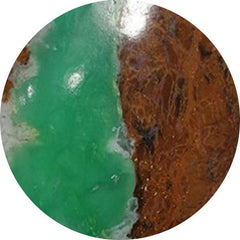
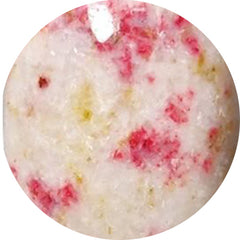
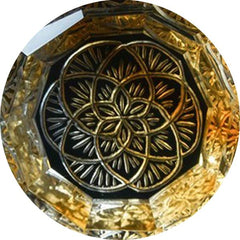

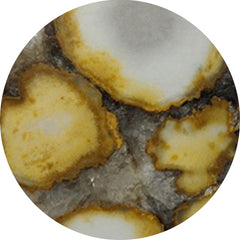
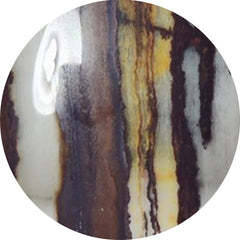
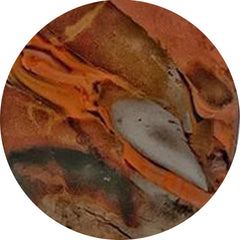
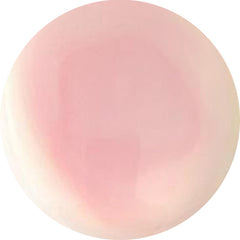
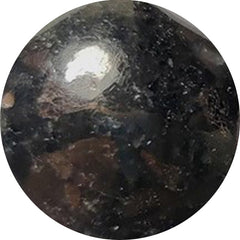
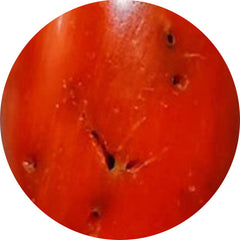
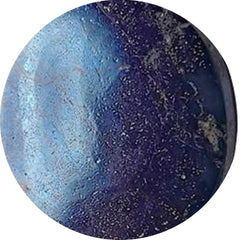
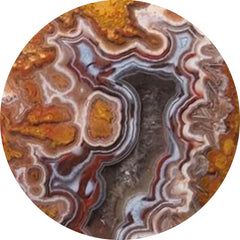


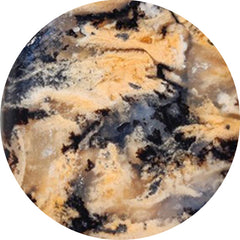
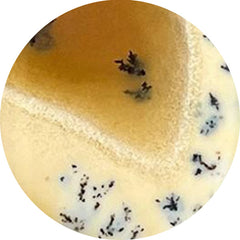
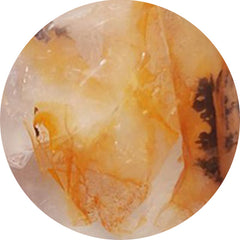
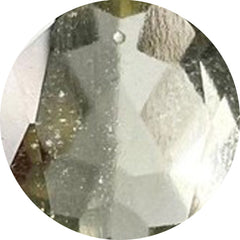
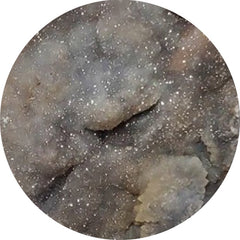
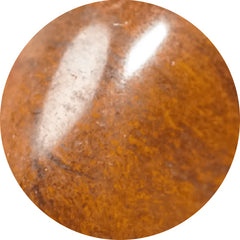
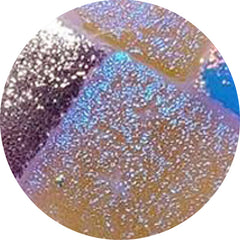

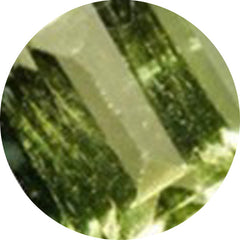
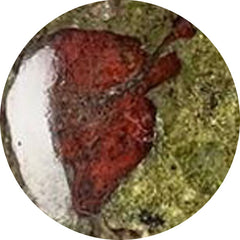
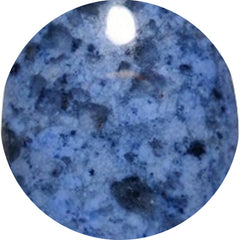

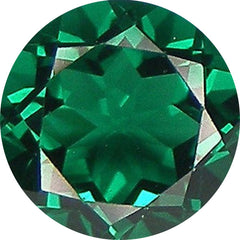
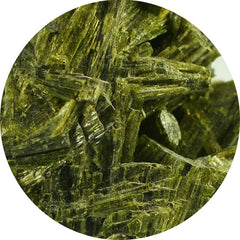
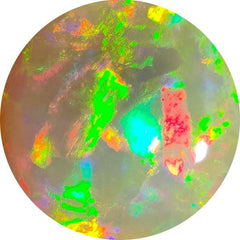
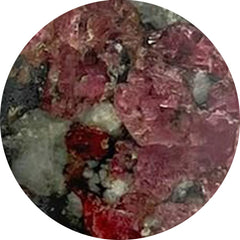

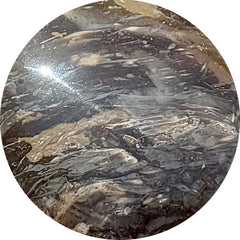
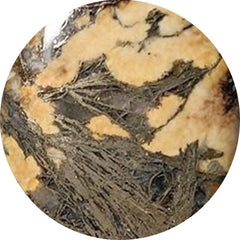


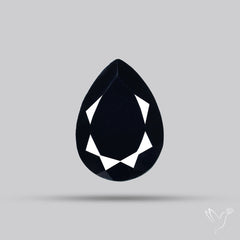
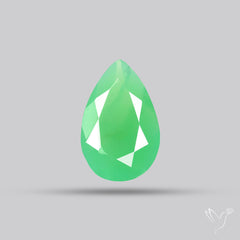
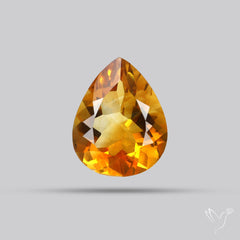



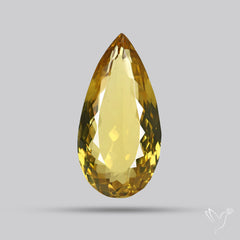



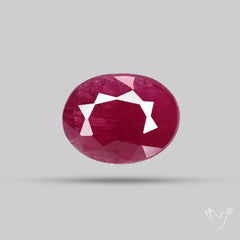



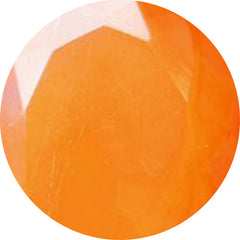
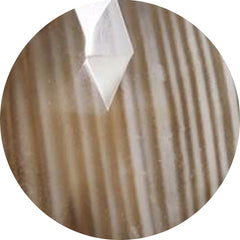

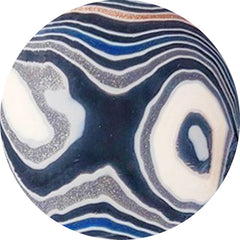
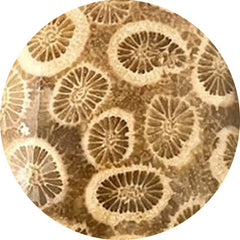
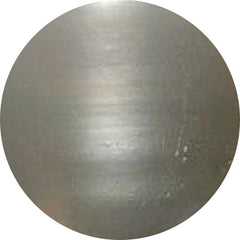
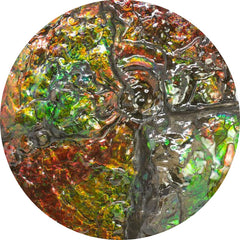


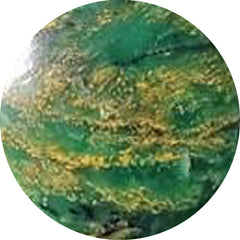
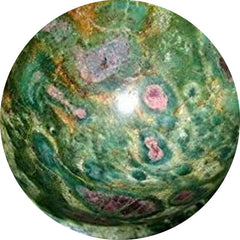
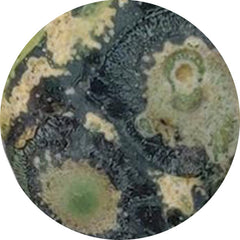
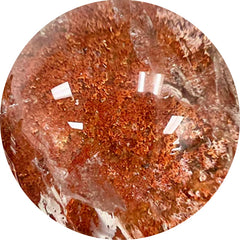
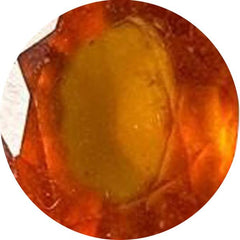
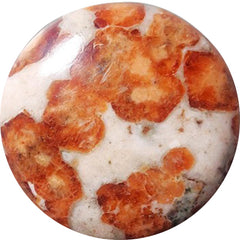
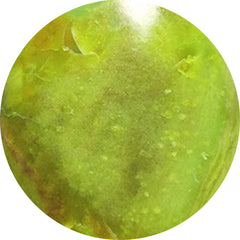
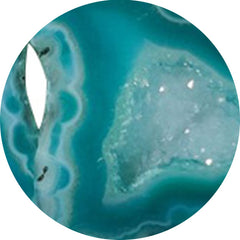
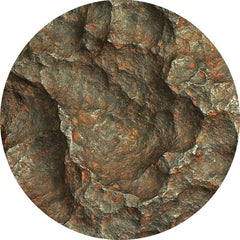

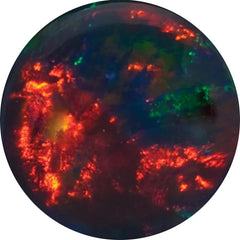
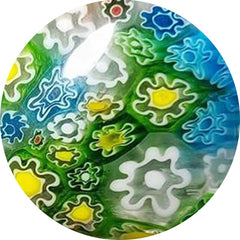

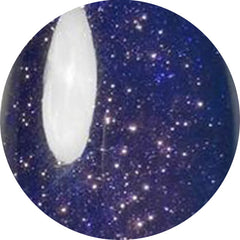
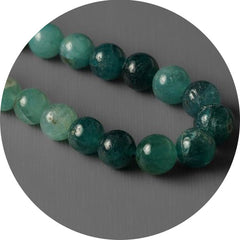

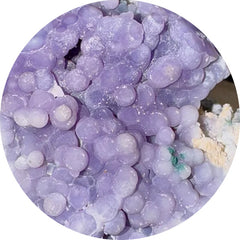
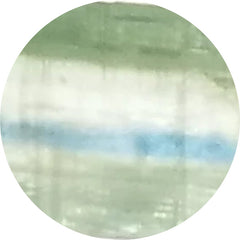


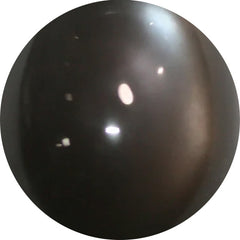
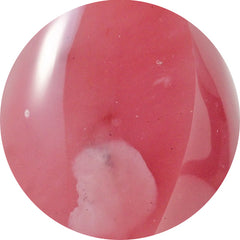
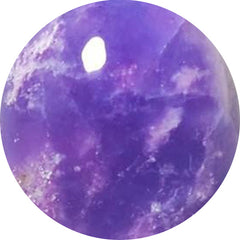

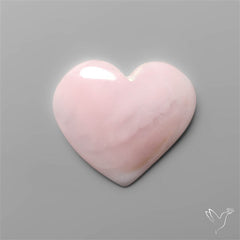
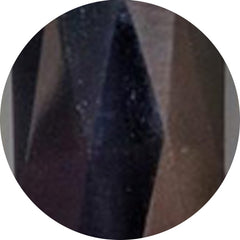
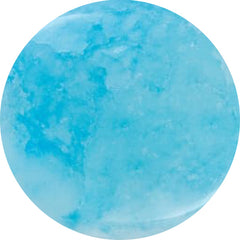
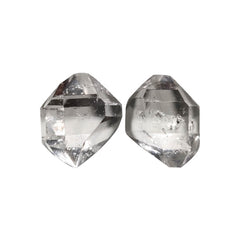
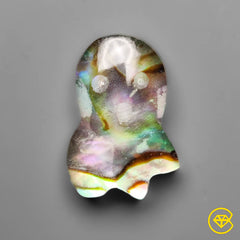
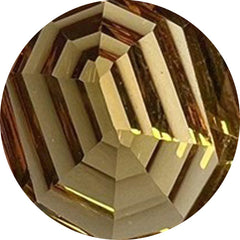
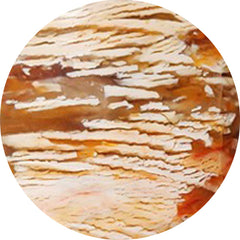

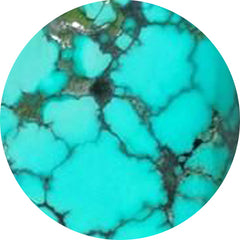
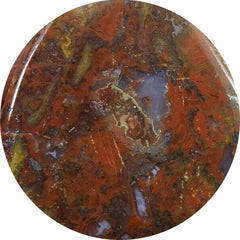
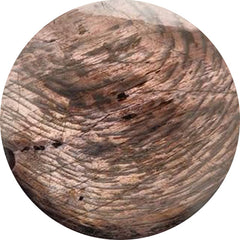
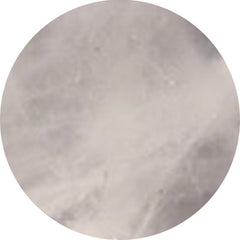
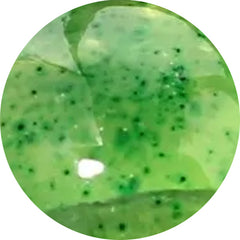

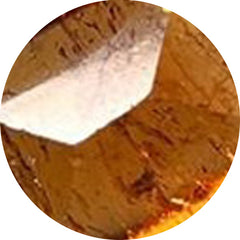

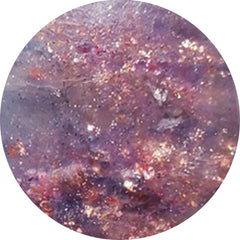
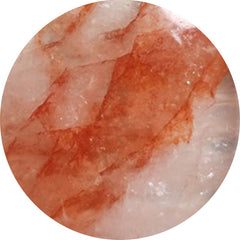
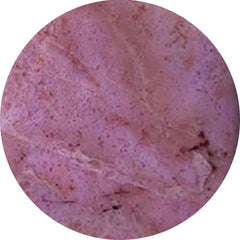
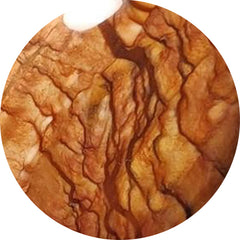
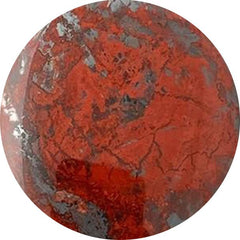

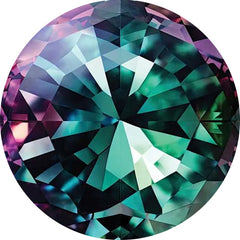
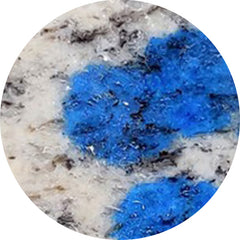

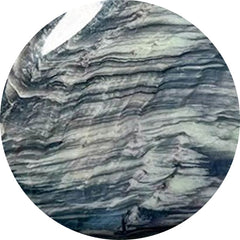
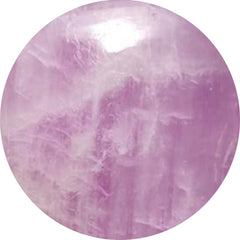

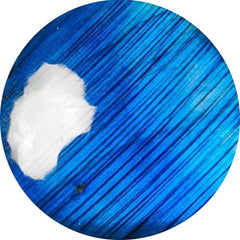
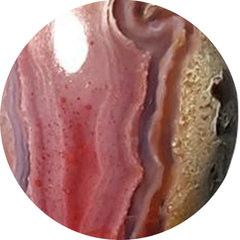
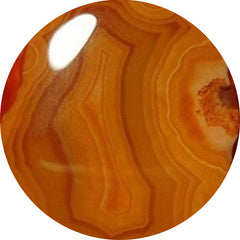
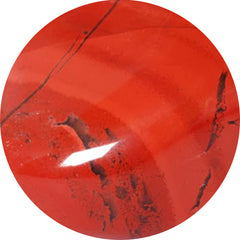
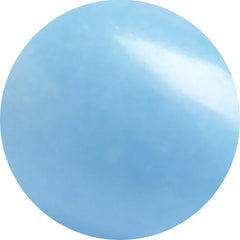
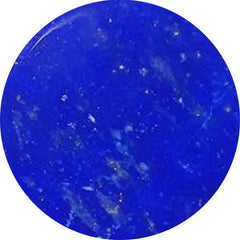
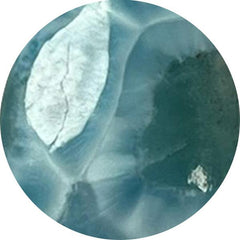
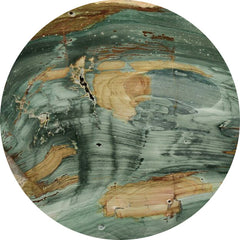
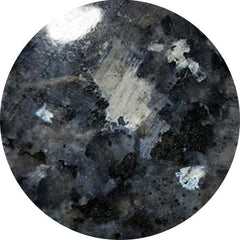
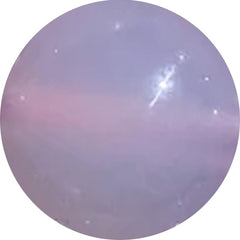
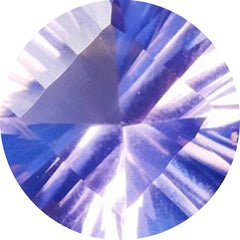
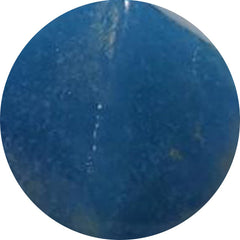
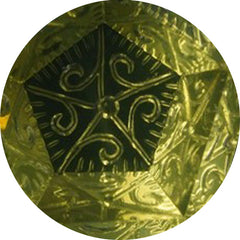
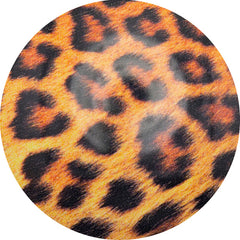
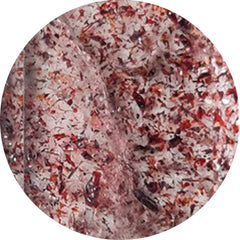
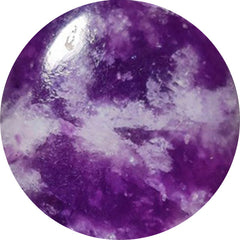
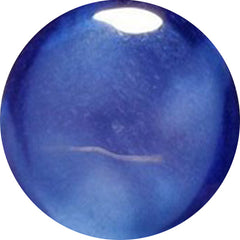
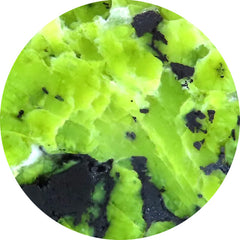
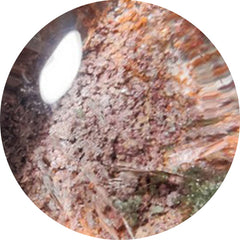
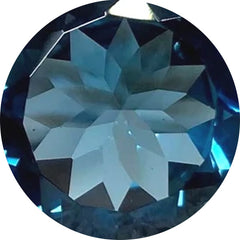
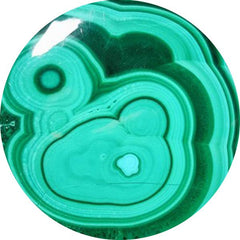
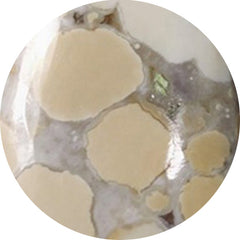
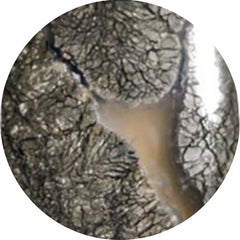
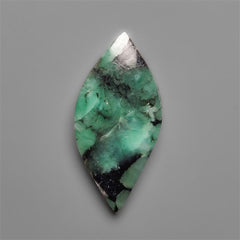
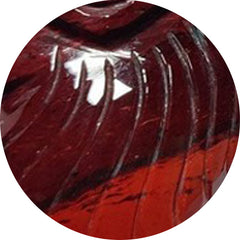

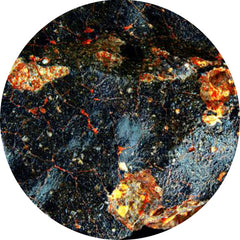
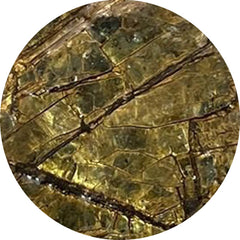

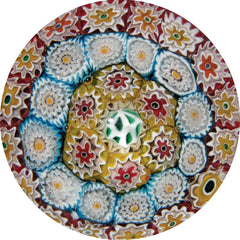
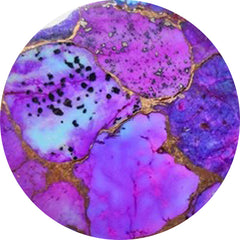

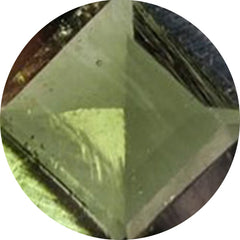

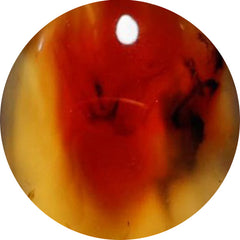
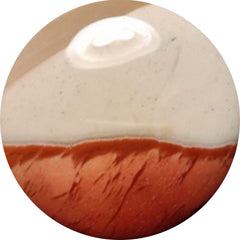
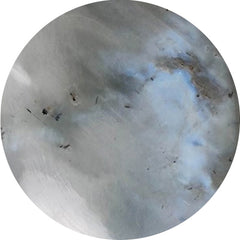
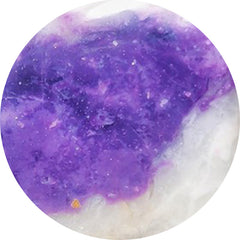

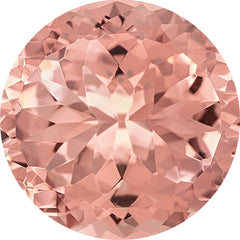



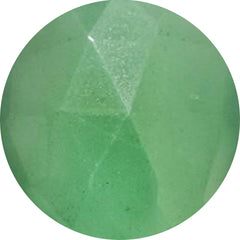
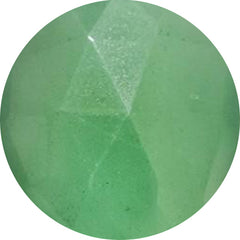
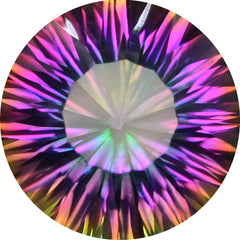
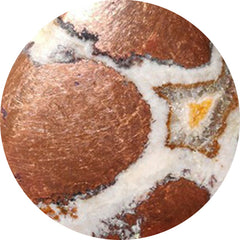
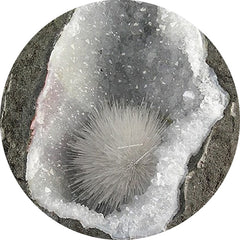
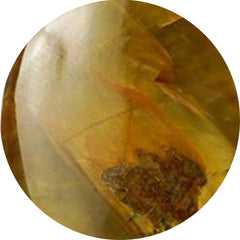
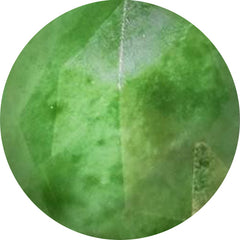
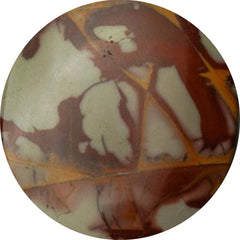
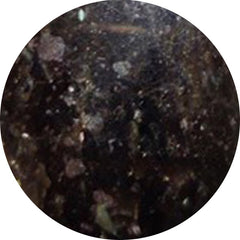
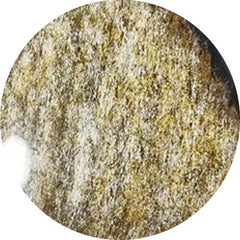
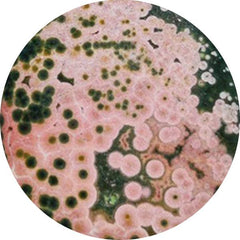
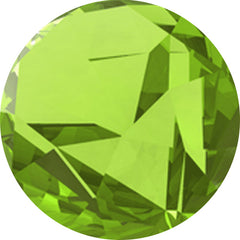
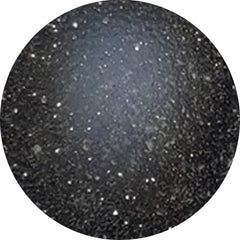
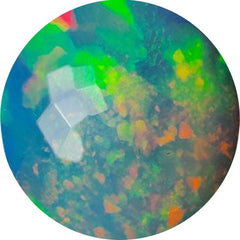
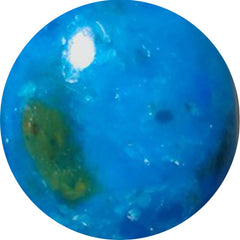
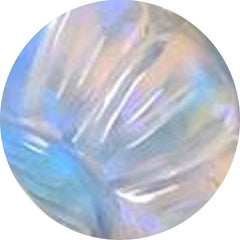
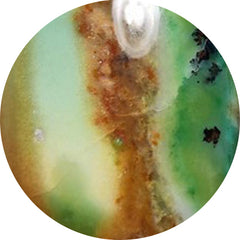
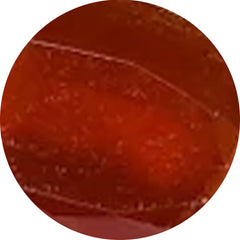
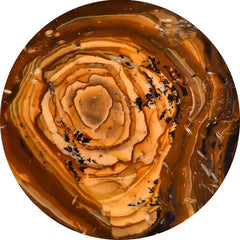
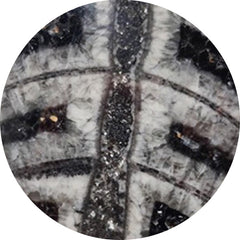
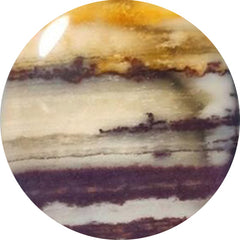
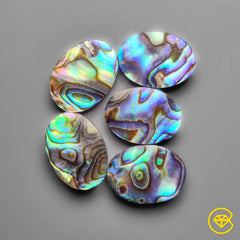
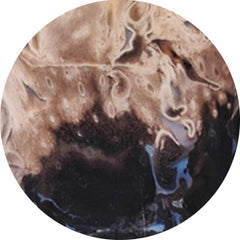
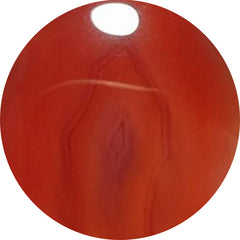
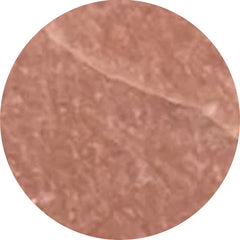
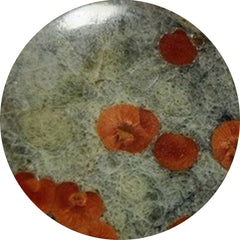
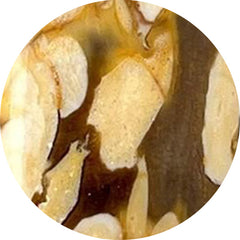
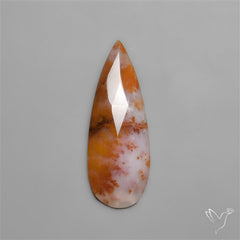
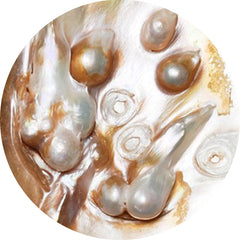
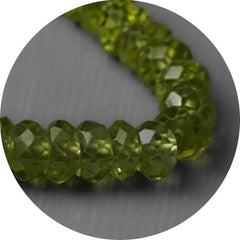
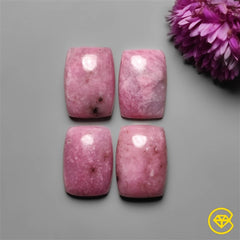
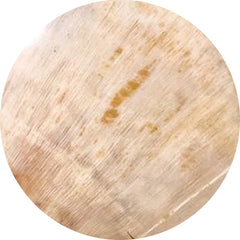


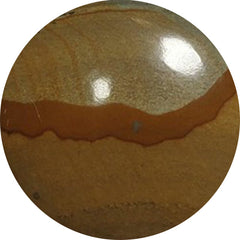
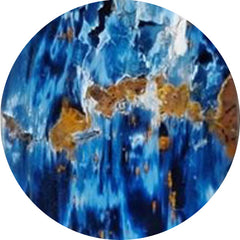
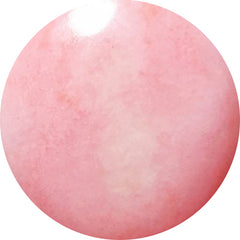

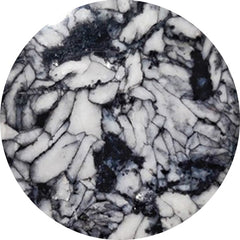
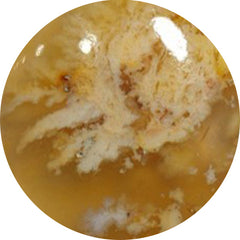
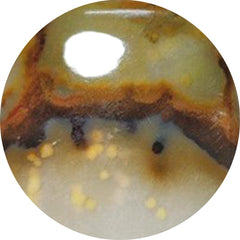
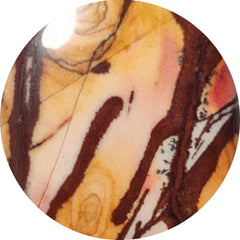
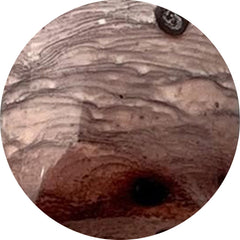

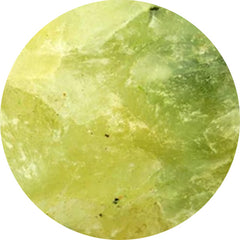
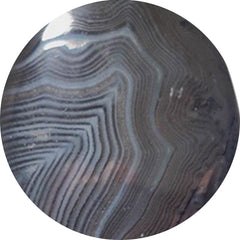

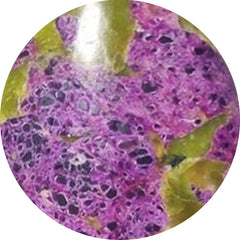
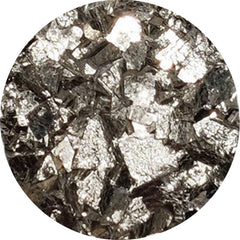
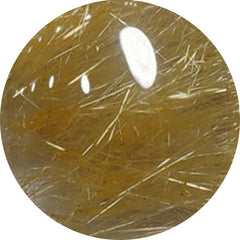
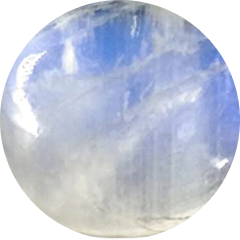
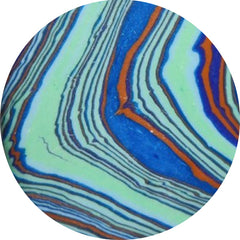
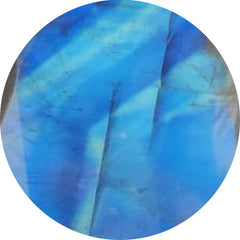

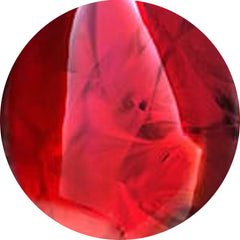
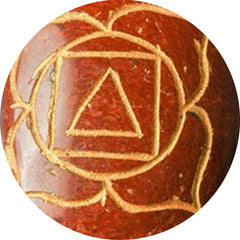

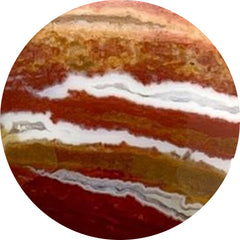
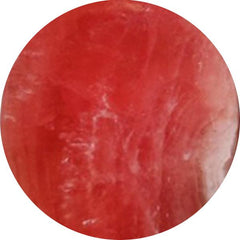
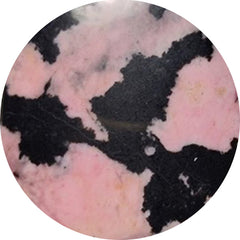
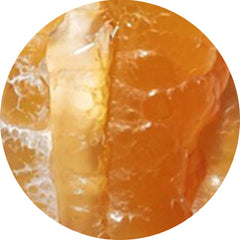
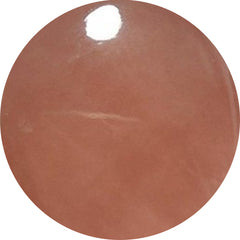
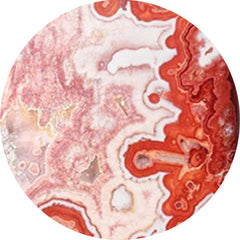




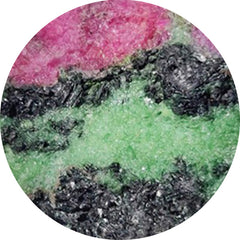
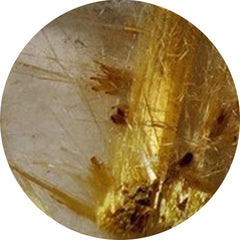
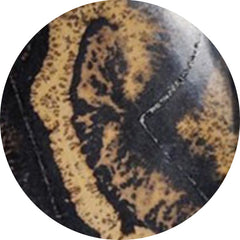
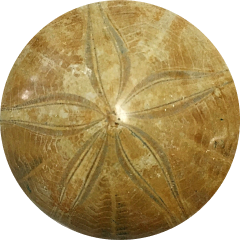
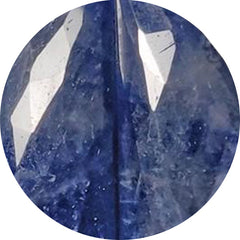
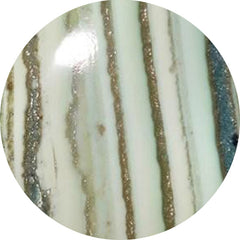
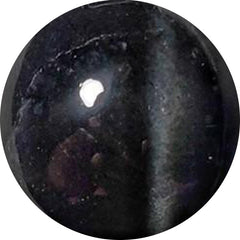
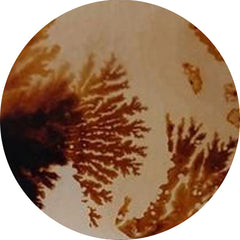
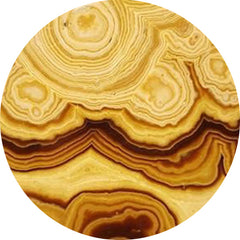
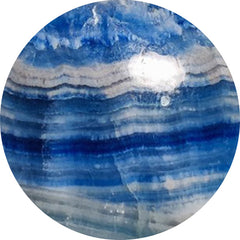
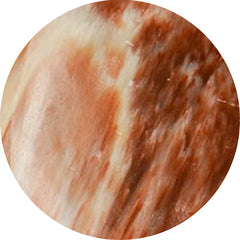
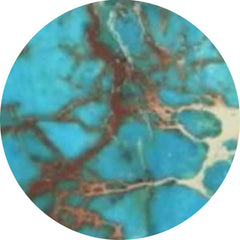

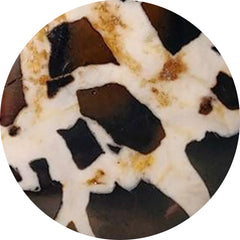

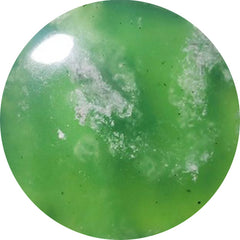
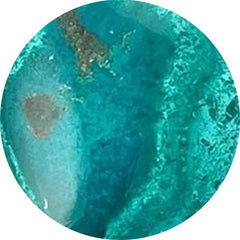
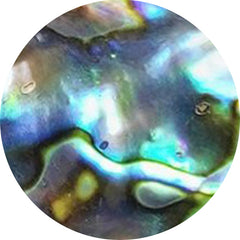
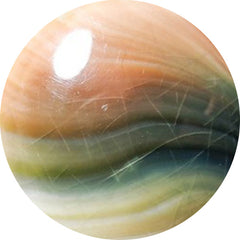
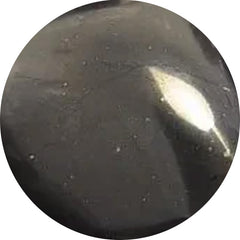
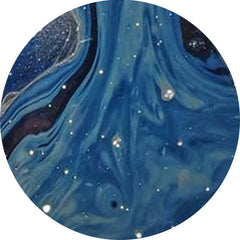
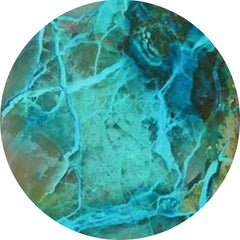

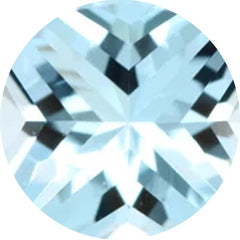

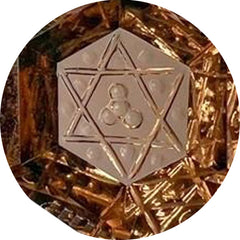
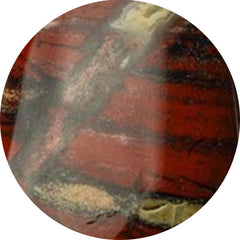
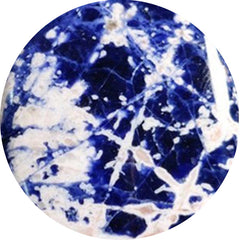

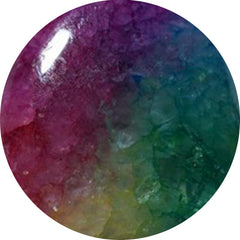
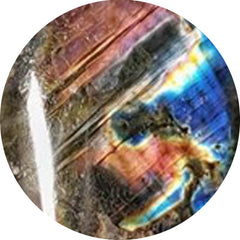
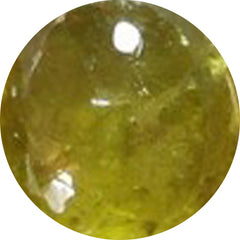
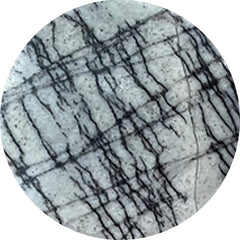
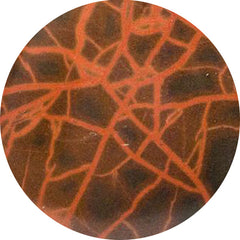
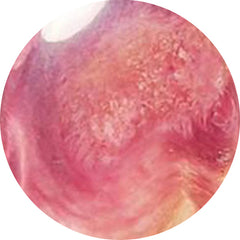
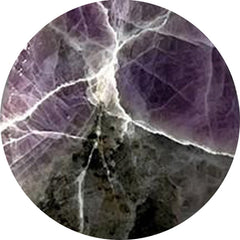
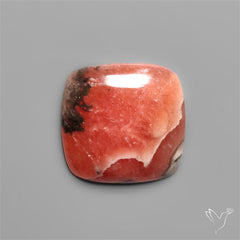

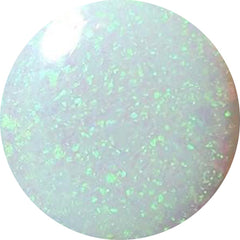
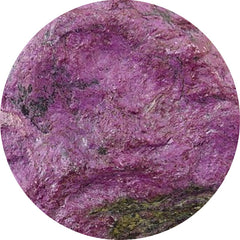

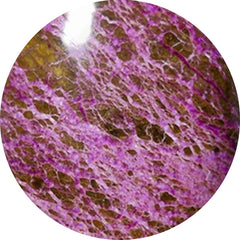

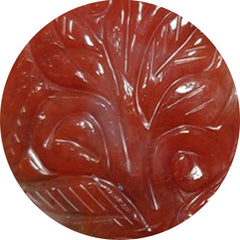
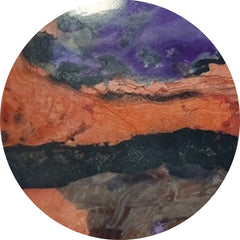
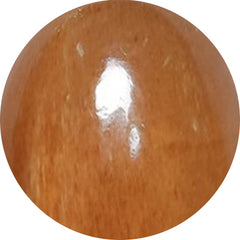
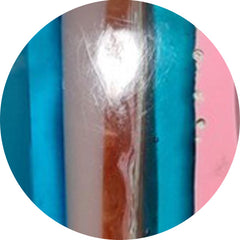
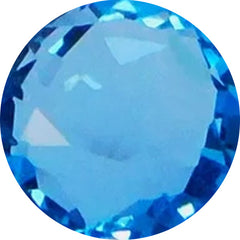
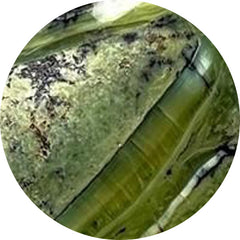

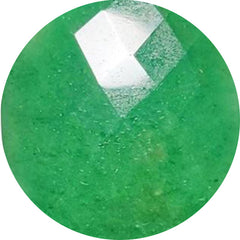
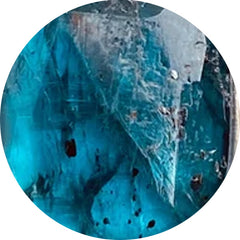
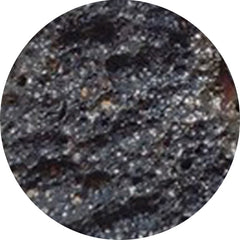
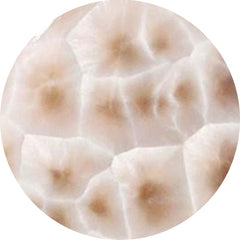
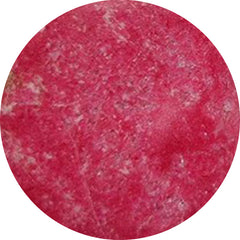

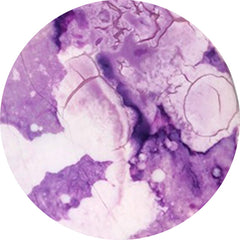
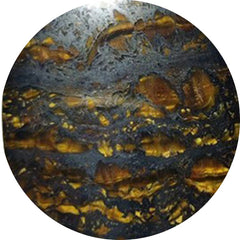
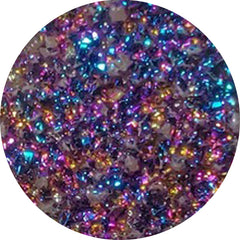
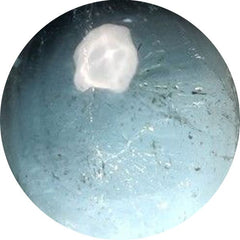
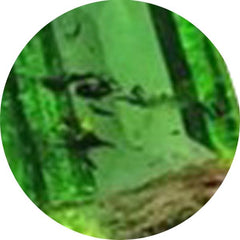
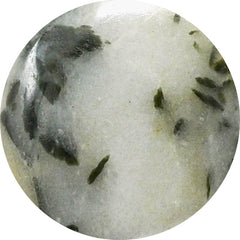
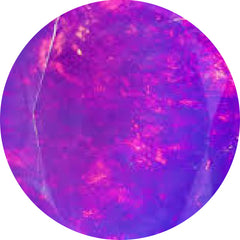
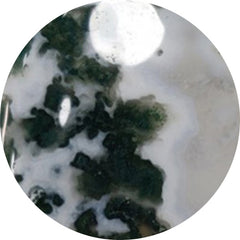
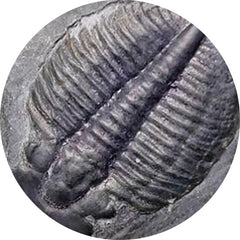
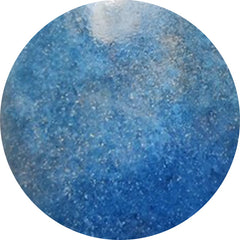
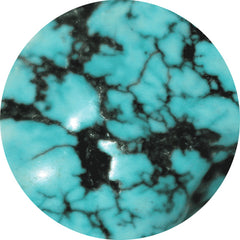
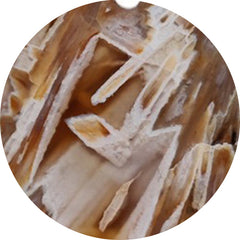
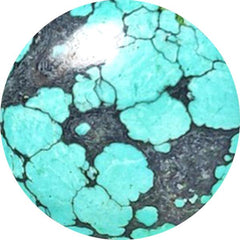
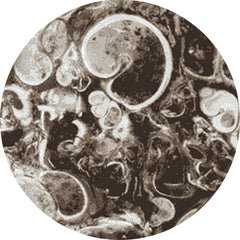
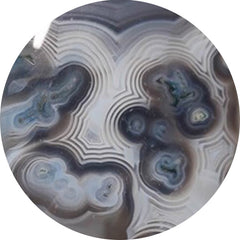

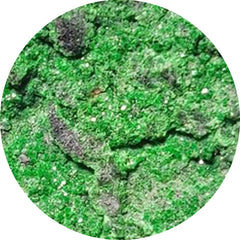
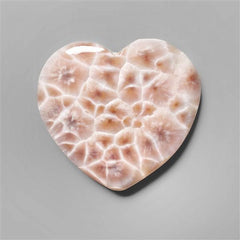
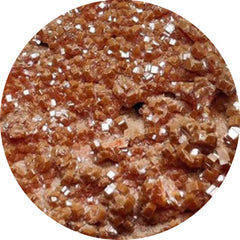
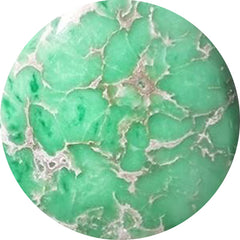

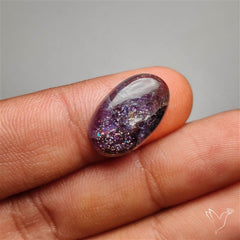

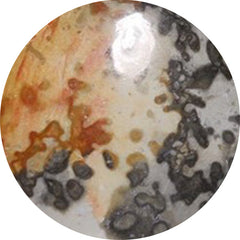
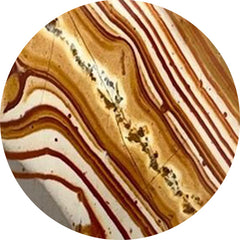
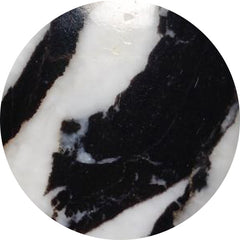
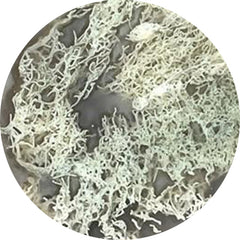

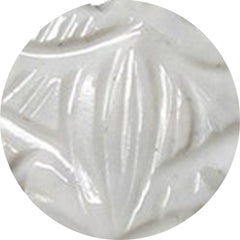
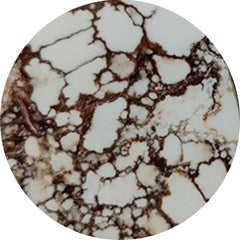


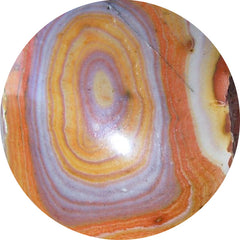
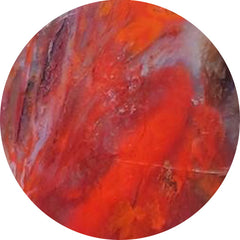
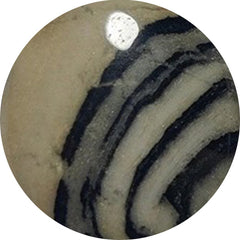
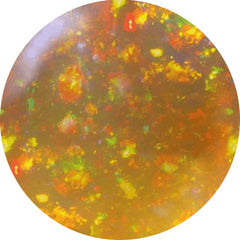





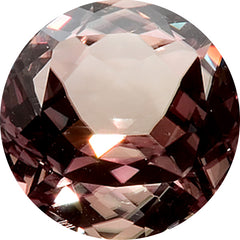



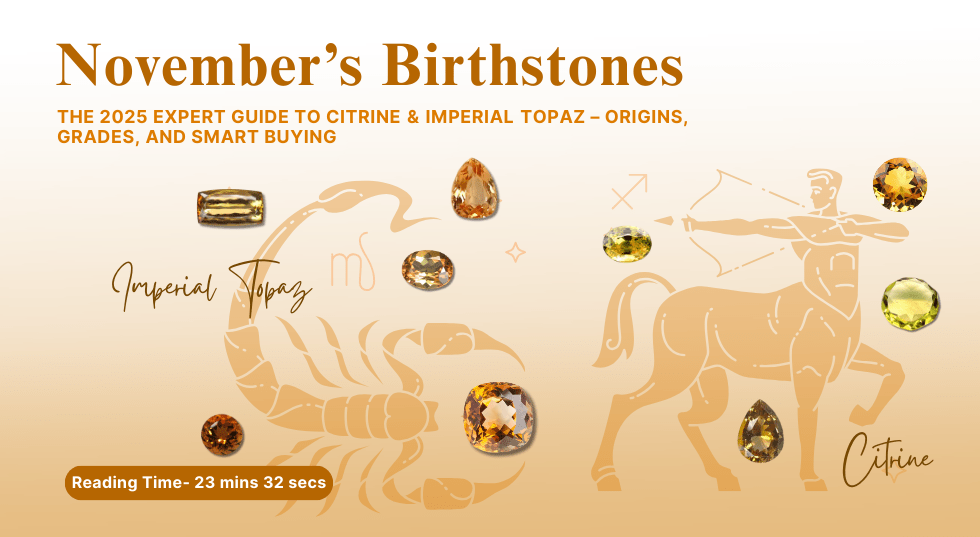

























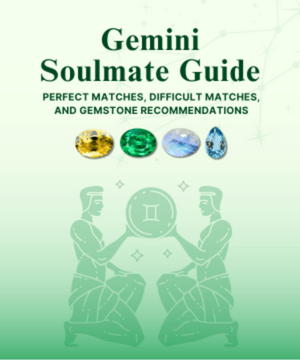
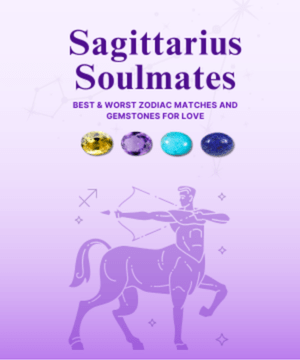
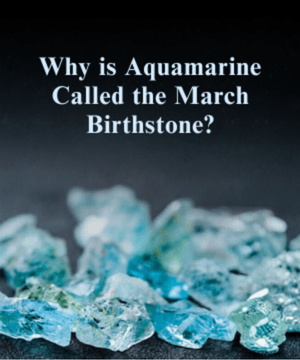
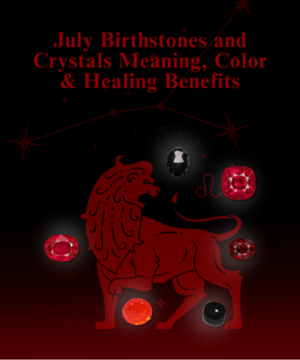



Leave a Comment